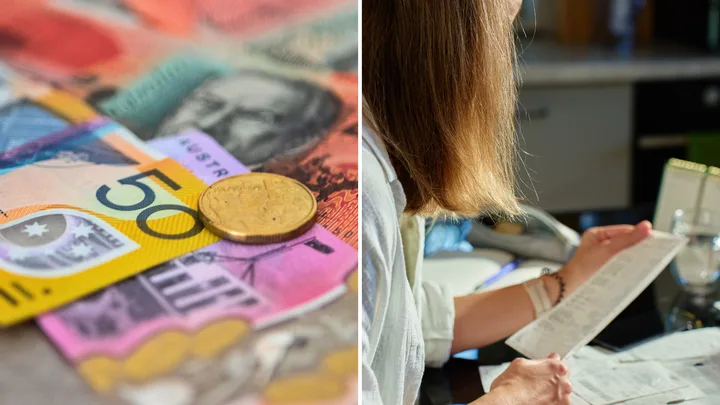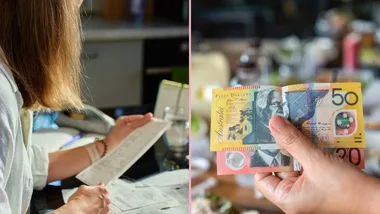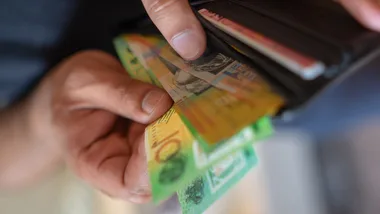From July 1, 2025, millions of Australians will receive a welcome boost to their Centrelink payments, as part of the government’s latest indexation update of 2.4 per cent. The increases are designed to help with the rising cost of living and will impact a range of support payments, including the Age Pension, JobSeeker, Parenting Payment, and Parental Leave Pay.
For many Australians, whether caring for children, supporting ageing parents, or navigating life on a fixed income, these changes may offer some relief.
“Indexation is a crucial way to help families when cost of living rises,” said Minister for Social Services, Tanya Plibersek. “Millions of recipients of social security recipients will see more money in their bank accounts.”
Pensioners to see bigger fortnightly payments
Older Australians and carers are among those who’ll see a modest rise in their support payments. The income-free area for maximum pension payment increases by $6 to $218 a fortnight for singles, and by $8 to $380 per fortnight for couples. Meanwhile, the assets free area is also rising: single homeowners can now have up to $321,500 in assets, while non-homeowners get a more generous $579,500 threshold — up $7,500 and $13,500 respectively.

Support for job seekers and families
The disqualifying income limit for single JobSeeker recipients now stands at $2,516 per fortnight, and for couples at $3,844.40. For single parents receiving Parenting Payment, the income-free area increases by $4 to $224.60 per fortnight.
The Paid Parental Leave scheme is getting a major makeover. New mums and dads will be happy to hear that the disqualifying income limit for Paid Parental Leave rises to $180,007 for individuals, and $373,094 for families, allowing more working parents to access government-funded leave.
Families will also receive slightly more through the Family Tax Benefit. The maximum fortnightly rate for children under 13 rises to $227.36, and for teens aged 13–19 still in school, it increases to $295.82. The Part B supplement also increases slightly, with eligible families receiving up to $459.90 annually.
What else is changing?
Asset and income thresholds are shifting upward, meaning more people could qualify for payments or receive higher rates. For example, the income-free threshold for singles will rise to $212 per fortnight.
If you’re wondering how these changes affect you or a loved one, check your entitlements via myGov or visit the Services Australia website.









